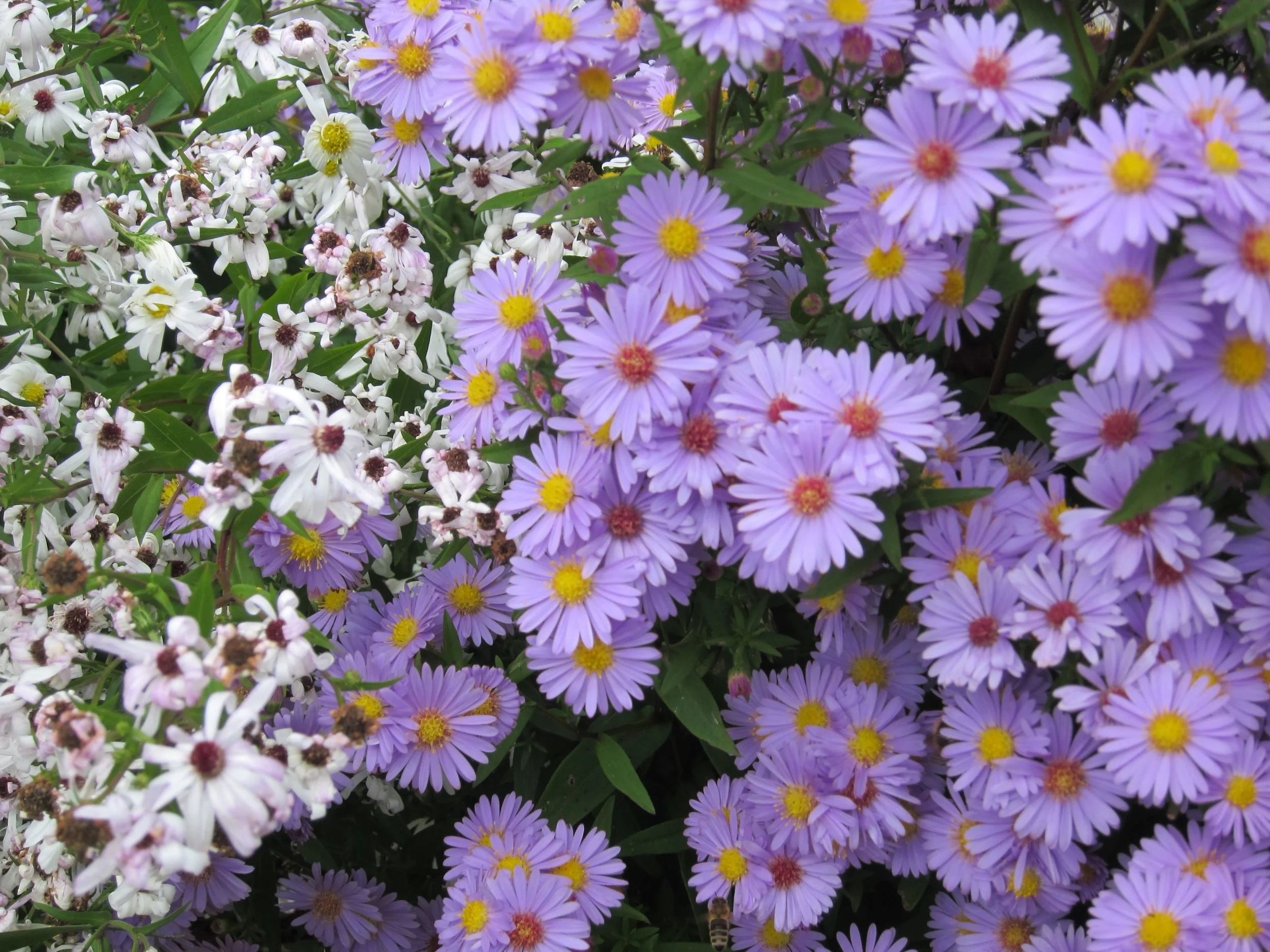Pukeiti Gardens, New Plymouth, March 2018.
I love New Plymouth. For the last 3 years I've been visiting this town with my family because of WOMAD. WOMAD is a music festival that takes place on the second weekend in March. This long weekend in New Plymouth is my last chance to experience a summer holiday in autumn before the year takes on a serious sombre note.
This year I visited Pukeiti gardens for the first time. It's a garden of international significance. The garden consists of 49 acres of mainly rhododendrons and temperate rainforest, sitting high up a hillside (Pukeiti means little hill) with views of Taranaki, the coast and Mount Ruapehu beyond. The climate, altitude and soil are ideal for growing rhododendrons.
Pukeiti Garden, March 2018.
A rhododendron, Pukeiti Garden, March 2018.
Rhododendrons are rainforest plants from the North Temperate Zone. They thrive in nutrient-poor acidic soils and are found on the hillsides of Southern Africa, the cooler parts of North America and South-East Asia. They belong to the Heather family, known as Ericaceae, which also includes azaleas and blueberries. All the plants in the Ericaceae family have thick leathery leaves and most are evergreen, except for some azaleas, which are deciduous. Rhododendrons range in size from small alpine ground covers to large trees. Their flowers, like most of the heather family, are funnel shaped and somewhat pendulous. Rhododendron flowers come in many different colours and some are scented. They flower from late winter to early summer.
Back in 1950 a rhododendron enthusiast, called William Douglas Cook, bought a bush block of original and regenerating native forest, on the slopes of Mount Taranaki (previously Mount Egmont) and gave it to the Pukeiti Rhododendron Trust. In 1951, after a year of clearing, planting trees and building paths, the garden was opened to the public.
William Douglas Cook
Volunteers in Pukeiti Garden, circa 1950.
Volunteers in Pukeiti Garden, circa 1950.
Hydrangeas, Pukeiti Gardens, March 2018.
Pukeiti Garden, March 2018.
There are numerous paths at Pukeiti Gardens. We walked along the 'Rhododendron Stroll' and the only plants flowering were hydrangeas, but it was March. According to the map I picked up at the visitor centre, the large leaf rhododendrons start flowering in July, followed by camellias and magnolias. By October the rest of the rhododendrons are flowering, along with bulbs and herbaceous plants. In December the very tall and scented Himalayan lilies are in flower. I didn't mind that the forest was more or less flowerless, because it kept the crowds away and we had the paths to ourselves. The forest, despite losing most of its giant trees in the early twentieth century, had an old and wild feel about it. The rhododendrons with their leaves and gnarled trunks fitted in with the native plants.
A rimu, on the left and kotukutuku, on the right (the big red trunk).
Pukeiti Garden, March 2018.
The highlight of the visit was coming across the Keiller Home Garden, which was recently created on the spot of a derelict gardener's house. It's a clever design that pays homage to the house that once stood and its purpose. The garden and the house have become one. Traditional wooden framing, such as you'd find on any wooden house, has been erected and vines grow through and over it. Ground covers have been planted between the gaps in the slabs of the concrete floor. The Keiller Home Garden has been built in a sunny clearing. It's a complete change in style and scale from the large exotic trees and thick native forest that surrounds it. It's welcoming and intimate. Happening upon it felt like coming across a friendly woodcutter's cottage after being lost in a forest, only it was a gardener's cottage.
Keiller Home Garden, Pukeiti Gardens, New Plymouth, March 2018.
Here is a visual tour around the Keiller Home Garden.
The Keiller Home Garden is planted with the sort of plants that are easily found at garden centres. I would've liked to see name tags beside each plant. With the advent of cameras on phones, recording the pictures and names of beautiful plants is so easy.
And now I'll jump to a completely different subject...my pears.
Pears from my pear tree.
A few weeks ago I had to remove most of my unripe pears from my pear tree because of a tropical cyclone. My friend Ali, from Mount Maunganui, told me to put my pears into the fridge for a couple of weeks. She'd done some research on pears, being a fellow pear tree owner, and it's standard practice for pears to be picked when they're hard but not too unripe. The right time to pick pears is when their stem snaps easily from the tree.
I took my pears out of the fridge and ate one. I don't know if I picked the pears at the right time but the pear I ate was delicious. Thanks Ali.






























